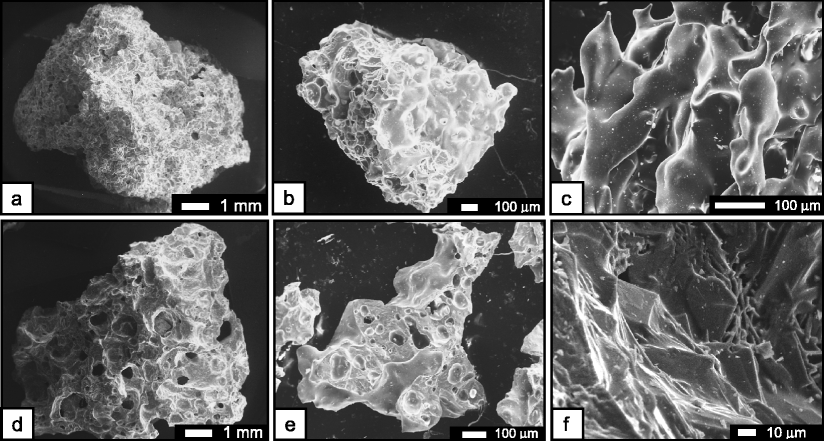
Tkp 45 302 70 2009
Spinal cord injury (SCI) induces an immune response during which microglia, the resident immunocompetent cells of the central nervous system, become activated and migrate to the site of damage. Depending on their state of activation, microglia secrete neurotoxic or neurotrophic factors that influence the surrounding environment and have a detrimental or restorative effect following SCI, including causing or protecting bystander damage to nearby undamaged tissue. Subsequent infiltration of macrophages contributes to the SCI outcome.
We show here that suppressing microglia/macrophage activation using the tripeptide macrophage/microglia inhibitory factor (MIF/TKP) reduced secondary injury around the lesion epicenter in the murine dorsal hemisection model of SCI; it decreased the hypertrophic change of astrocytes and caused an increase in the number of axons present within the lesion epicenter. Moreover, timely inhibition of microglial/macrophage activation prevented demyelination and axonal dieback by modulating oligodendrocyte survival and oligodendrocyte precursor maturation. Microglia/macrophages located within or proximal to the lesion produced neurotoxic factors, such as tumor necrosis factor alpha (TNF-α).
These results suggest that microglia/macrophages within the epicenter at early time points post injury are neurotoxic, contributing to demyelination and axonal degeneration and that MIF/TKP could be used in combination with other therapies to promote functional recovery. Introduction Spinal cord injury (SCI) is a devastating trauma marked by the loss of sensory, motor and autonomic functions due to the degeneration of axons and glia.
The initial insult to the central nervous system (CNS) causes necrosis of cells within the lesion epicenter, thereby inducing a cascade of biochemical and cellular events that lead to demyelination, degeneration of spared axons and inflammatory immune responses collectively referred to as secondary damage (; ). The necrosis triggers glial cell (e.g. Astrocytes, oligodendrocyte precursor cells, and microglia) activation and recruitment to the site of injury. Glial cell activation and the subsequent gliotic scar formation are thought to drive the ensuing secondary damage.
Downlod, email, engine, free, full.search by name.production engine really works or not.download acute email ids production engine 9.5. Acute email ids production.acute email ids production engine is undoubtedly the best software for generating. Acute email ids production engine crack. If you already have acute email ids production engine v9.3 Gold installed on your laptop or desktop, download this crack, copy and paste the acute email ids production engine 9.3 folder on your C: Program Files to overwrite or just delete the acute folder on your program file. Many downloads like Acute Email Ids Production Engine may also include a crack, serial number, unlock code or keygen (key generator). If this is the case then it. Using warez version, crack, warez passwords, patches, serial numbers, registration codes, key generator, pirate key, keymaker or keygen for acute email ids production engine license key is illegal.
Crack mac password. Whether you’ve got a hard drive full of typefaces or a few cherished families, FontExplorer X Pro handles your font library quickly, efficiently and reliably. Now you can more easily manage, activate and organize your existing font collection as well as find and experiment with new fonts. FontExplorer X Pro is optimized for professional use; it’s the solution that gives you the power you need to manage all your fonts. And when you’re ready to add to your collection, you can view thousands of classic designs and the latest releases from independent foundries using the integrated store.
May 14, 2012 - MIF/TKP also inhibits microglial function in the CNS. With 14d MIF/TKP resulted in activation of ~45% of microglia. A., Gregg, T. And Lopes, R. Cambridge: Cambridge University Press, pp. Journal of Volcanology and Geothermal Research, 175, 45–59. Bulletin of Volcanology, 70, 563–582. Aeromagnetic constraints on the subsurface structure of Stromboli volcano. Geophysics, 35, 293–302.

In this setting, microglia, the resident CNS immune cells, release proinflammatory cytokines, reactive oxygen species and proteases that create bystander damage (; ). Chemokines produced by microglia, such as CCL2, CCL3, CXCL2/3 and CXCL10 are upregulated in minutes following injury (), recruit and activate peripheral polymorphonuclear leukocytes and monocytes which have been demonstrated to promote neurotoxicity (;;; ). On the other hand, the phagocytic properties of microglia and macrophages ensure myelin and tissue debris removal following the initial insult, which is necessary for proper remyelination of axons and neurite outgrowth (). In subsequent phases of the immune reaction, peripheral inflammatory cells such as neutrophils, macrophages and T-lymphocytes enter the lesioned area and release a plethora of cytokines that mediate detrimental effects through the generation of free radicals which promote apoptosis (). While there are some reports that suppression of the initial local inflammatory response following SCI reduces secondary injury around the lesion epicenter and improves functional outcome, other studies have provided evidence that inflammation supports regeneration via growth factors and cytokines released by activated microglia and macrophages.